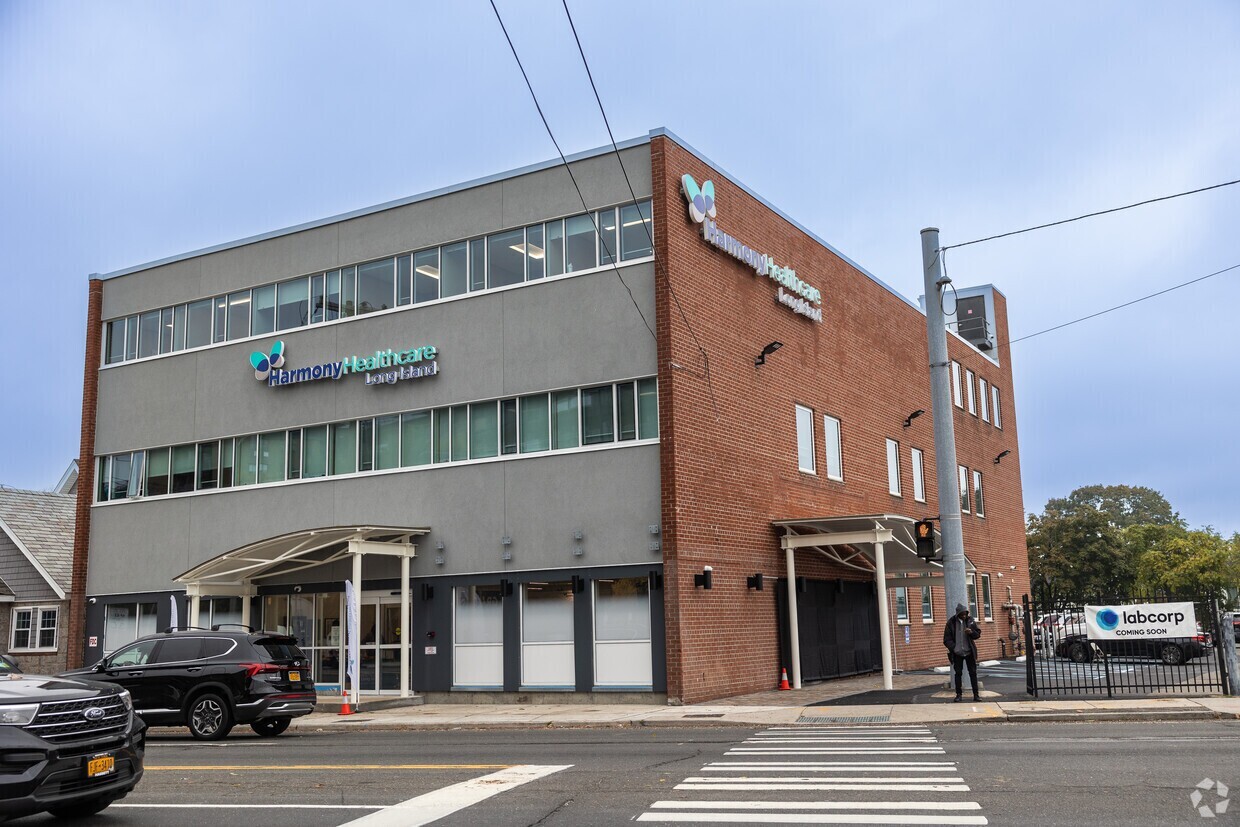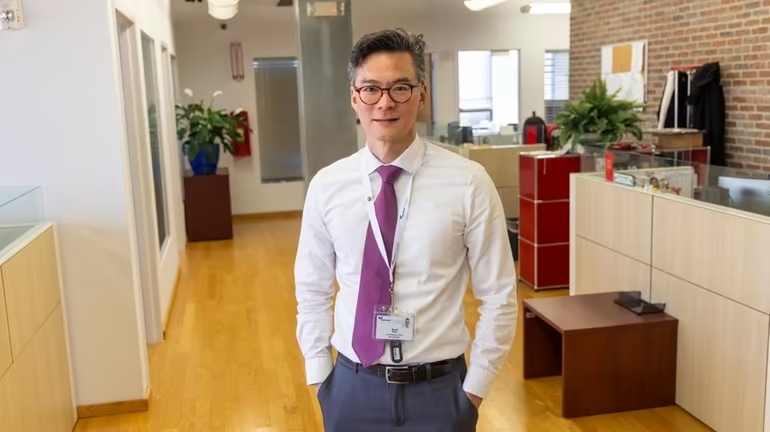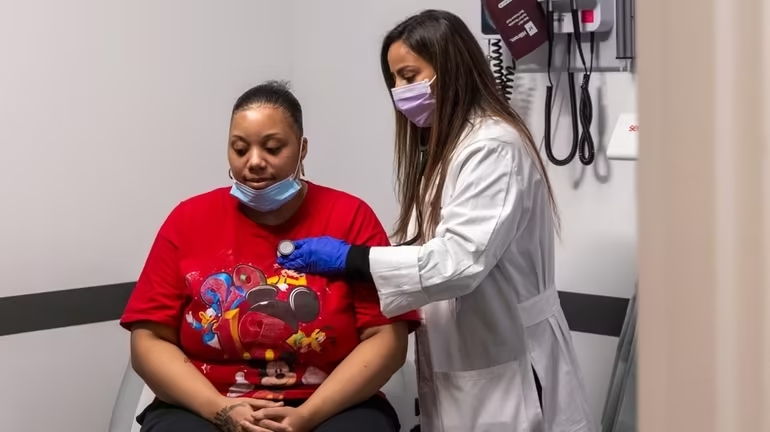Long-Vacant Building Turned Healthcare Facility Offers Services in Economically Disadvantaged Area


Harmony Healthcare Long Island’s redevelopment of a long-vacant building into a healthcare facility is set to make a real difference: It’ll provide care to over 10,000 individuals per year in an economically disadvantaged area on Long Island when fully operational.
The reuse of the property located at 619 Fulton Ave., which had last been used by a local university many years earlier, aims to satisfy a growing need in the village of Hempstead and more than triple Harmony Healthcare’s footprint in the community.
However, the redevelopment had to overcome many challenges first. The building was vacant for many years, and the existing plumbing, roof drains, waste lines and fire protection systems were all compromised and required replacement. There also were extensive modifications needed for the existing elevators.
The facility faced a multitude of regulations at the state and local levels tied to building a licensed healthcare facility in New York. For instance, it took the nonprofit, licensed by the New York State Department of Health, 10 months to get its construction plans approved for the 24,000-square-foot facility.
The project won the CoStar Impact Award for the redevelopment of the year for Long Island, as judged by real estate professionals familiar with the market.
About the Project: The new center is the largest healthcare facility in Hempstead and has sustainability features such as new LED lighting that can be remote-controlled by cell phone or laptop to improve energy efficiencies. Construction of the redevelopment took about 14 months at a cost of $11 million.
What the Judges Said: “Harmony Healthcare’s successful renovation of an existing disused building is [a] testament to perseverance and their mission of reaching underserved populations,” said Aaron Yassin, director of operations, design and planning at Hive Developers. “To be transformed into a state-of-the-art healthcare facility, the building needed to be nearly completely reconstructed. This, in itself, was a daunting task for the nonprofit particularly coming after the extensive lead time for approvals and permits.”
They Made It Happen: The team consisted of David Nemiroff of Harmony Healthcare; Ronald Zeccardi of Cresa; John Brice and Trish Palluzzi of Geddis Architects; Michael Fennessy of the Shannon Group; and the project’s general contractor and construction manager.
CoStar Market Manager Grant Hunt contributed to this report.




